At Landscaping Superstore, our customers often ask us:
‘Should I put gravel around my house?’
Absolutely!
Sure, a gravel driveway is great – but a gravel garden is even better!
From affordability and easy maintenance to style and timeless elegance, making a gravel garden comes with a host of benefits.
And today, we’re going to take a deep dive into these advantages and benefits.
Here’s what we’re going to cover.
Table of contents:
- Why should I create a gravel garden?
- How to make a gravel garden step by step
- What is the best gravel for my garden?
- Final thoughts
Why should I create a gravel garden?
Despite common misconceptions that gravel is bland and outdated, it’s essential to recognise that gravel has evolved significantly in recent years and is gaining popularity among engaged homeowners in the UK.
In this regard, we’ll explore five compelling benefits of using gravel in gardens.
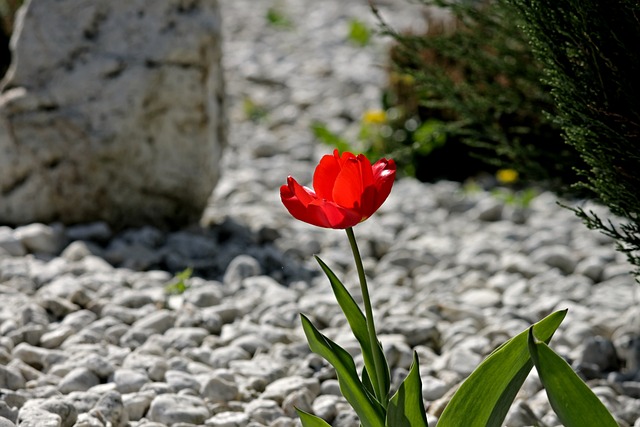
Aesthetic appeal & versatility
Decorative gravel comes in a wide range of colours, shapes and sizes, catering to diverse tastes and garden gravel designs. Whether you prefer smaller pebbles or larger cobbles in various colours, premium aggregates can add a touch of sophistication to your garden or driveway.
Enhanced drainage
Gravel’s permeability allows water to pass through, enhancing drainage and preventing flooding, making it particularly valuable in regions prone to heavy rainfall and flooding.
Affordability
In today’s era of economic challenges, landscaping projects must be budget friendly. Decorative gravel and pebbles are notably cost-effective, particularly when obtained locally. It’s essential to strike a balance between cost and quality, without resorting to illegal means, like collecting pebbles from beaches.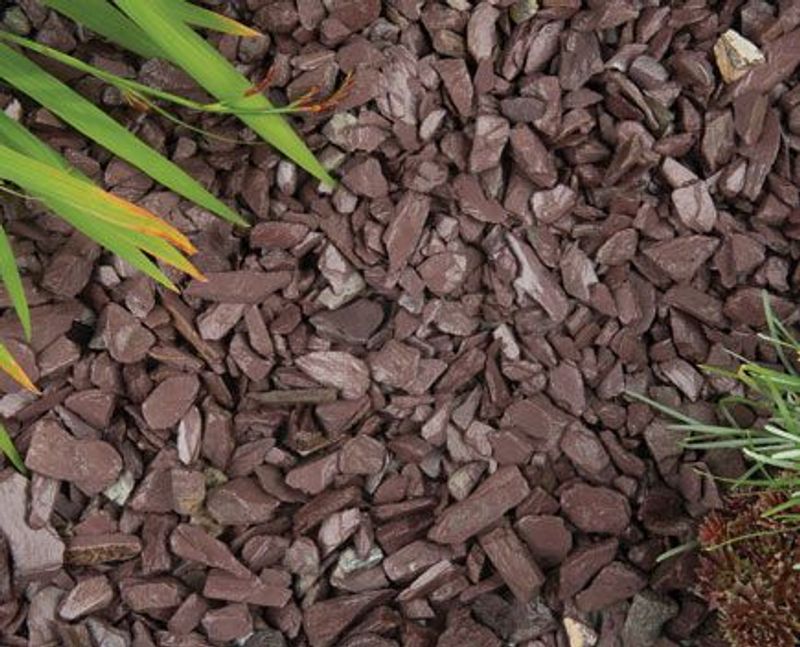
Ease of installation
Gravel is a quick and straightforward choice for garden pathways. You simply excavate the area and arrange the gravel to your liking, with the added benefit of inhibiting weed growth. Check out our in-depth guide on How to lay a gravel path to find out more.
Low maintenance
Does gravel need maintenance?
High-quality gravel and pebbles require minimal upkeep. Occasional cleaning with a leaf blower and weed control are typically all that’s needed.
How to make a gravel garden step by step
As previously mentioned, the process of laying gravel in a garden is quite straightforward, but some initial planning is essential before you can begin.
Here’s your checklist:
- Select the type of gravel you prefer.
- Determine the location, ideally a spot with some sunlight.
- Choose appropriate edging materials, such as boulders and rockery stones.
- Select suitable plants that pair well with gravel gardens, such as allium, cordyline, hypericum, colchicum and hydrangea.
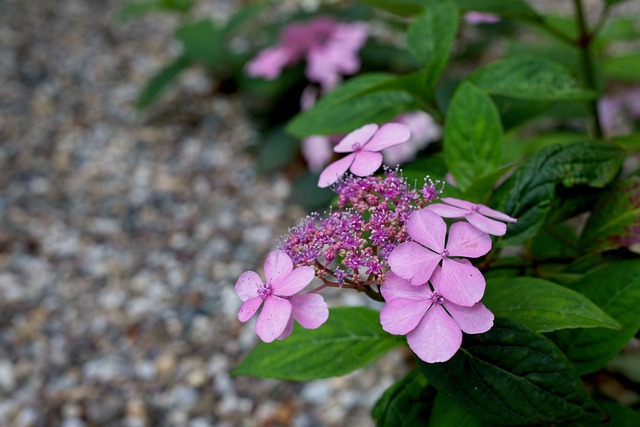
Once you’ve taken care of these preliminary steps, it’s time to roll up your sleeves and get to work.
Here are the steps to follow:
Step 1: Removing the topsoil
Using a square-edged spade, dig the designated area to a depth of around 10cm. After removing the topsoil layer and any pesky weeds, smooth the area with a rake and compact it with a tamper.
Step 2: Establishing a border
Unless you plan to cover your entire garden with gravel, creating borders is essential to contain the gravel within its intended area. Consider options like metal edging, bricks or strategically placed stones to clearly define the outer edges of your gravel garden.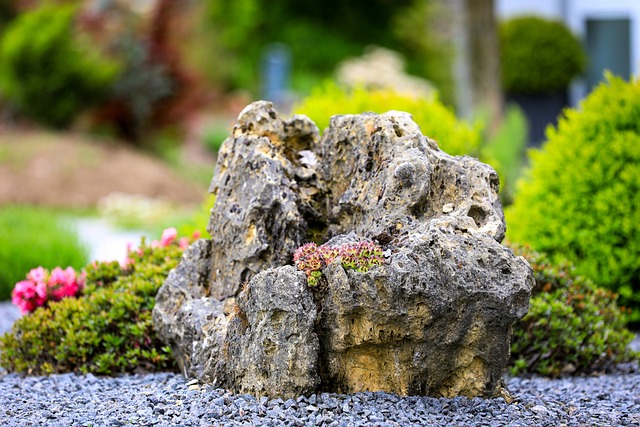
Step 3: Laying crushed stone
While this step is optional, adding a 10cm layer of crushed stone across the area and compacting it can provide a more stable foundation for your gravel garden bed.
Step 4: Installing a weed-resistant membrane
One common question people have is ‘can you lay gravel on soil’. While laying gravel on soil is not impossible, it’s not recommended. The reason is that weeds can take root and spoil your hard landscaping efforts over time. To prevent this, we suggest placing a weed-resistant membrane between the ground and the gravel.
Though it may seem like an additional cost, you’ll appreciate it in the long run, as the membrane will make it easier to maintain your decorative gravel.
Step 5: Spreading gravel
Spread your gravel on top of the weed-resistant membrane to a depth of approximately 3cm and then smooth it with a rake.
And there you have – your very own enchanting gravel garden!
What is the best gravel for my garden?
Let’s explore the primary landscaping gravel types available in the market, giving you a selection to help you create your ideal gravel garden.
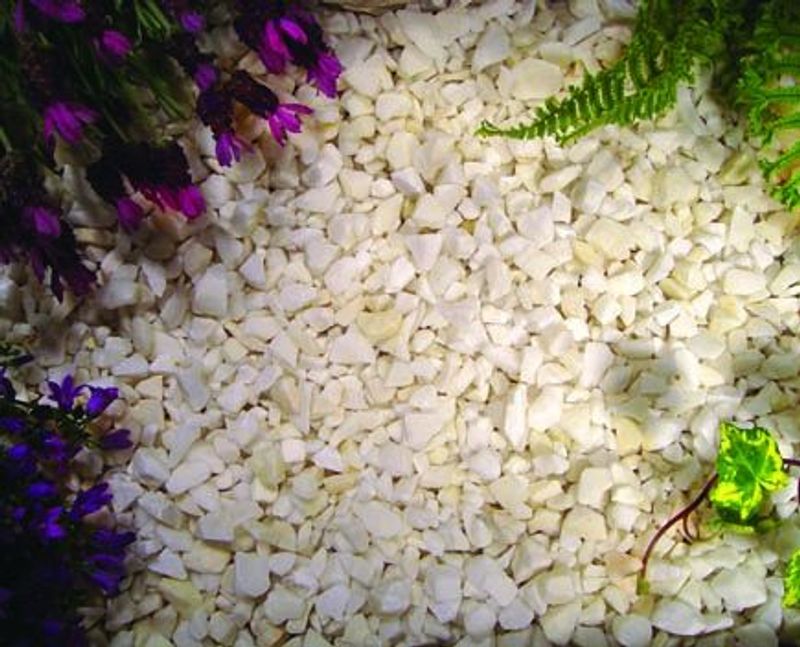
Marble gravel
Marble gravel can bring a touch of luxury and sophistication to your garden. Often polished for a smoother finish, marble chippings generally come in lighter shades like cream. Just be cautious when using them around plants that require acidic soil, as marble can affect the soil’s pH levels.
Granite gravel
Granite gravel boasts exceptional strength and durability. Like some other types, it comes in various colours, with black, grey and red being some of the most popular choices.
Decomposed granite gravel
Decomposed granite gravel is typically reddish in colour, fine in texture, and has a rustic appearance. It’s a great choice for areas around trees and pathways. However, we advise against using it near your house, as it tends to adhere to shoes and might be tracked indoors, causing a mess.
Pea gravel
Pea gravel is a natural variety of gravel that’s been smoothed by water and typically resembles the size of a pea, hence its name. It comes in a diverse range of colours, with each stone displaying its unique shades. Pea gravel is perfect for creating pathways, excels as pipe bedding and is excellent for drainage. Its versatility extends to being an effective weed barrier.
Slate gravel
Last but certainly not least, we have slate gravel. Typically available in darker hues such as black and anthracite grey, slate gravel is an excellent choice for covering large areas in both residential and commercial gardens. Consequently, slate gravel is often sold in larger packs, some weighing up to 850kg.
These various gravel types offer a wide range of aesthetic and practical options for your landscaping project, allowing you to design your dream gravel garden with the perfect materials.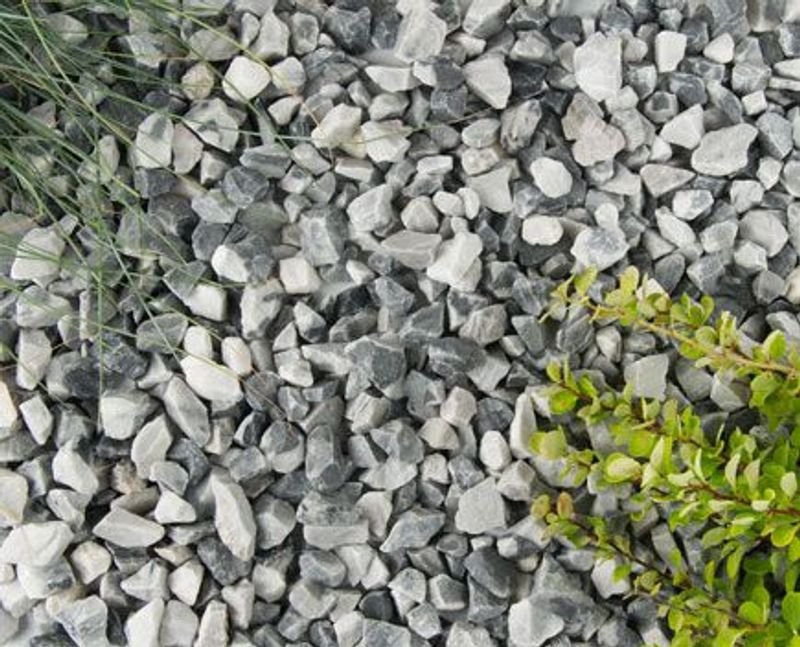
Final thoughts
In the UK, gravelled gardens are on the rise in popularity, offering a cost-effective and remarkably fashionable alternative to conventional landscaping. That’s because decorative gravel and pebbles offer numerous advantages with very few drawbacks.
To make matters even better, there’s a wealth of imaginative gravel garden concepts available, ensuring that you won’t run short of inspiration.
To sum it up:
Don’t delay!
By making the most of modern decorative gravel, you can convert your garden into a Mediterranean or Caribbean inspired retreat for entertainment and relaxation. We guarantee you’ll be more than pleased with the results.






















